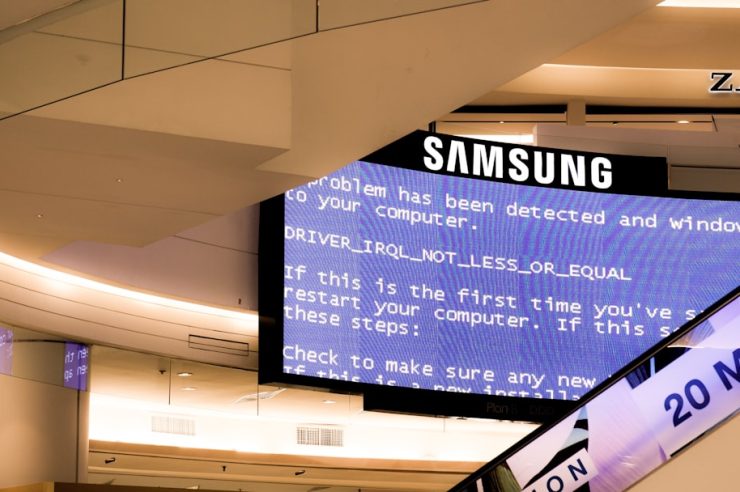The Windows operating system is known for its robustness and versatility, but even seasoned users can occasionally encounter perplexing errors. One error that has left many scratching their heads is Error 0x80070718: Not Enough Quota Available to Process This Command. This error typically arises when trying to move or copy files, especially when dealing with shared network folders or redirected folders. Understanding and addressing this issue is crucial to maintaining seamless file operations.
Error 0x80070718 is tied to system quotas — system-imposed limits on how much data can be stored or written to a location in a particular user context. These quotas are often set to ensure system balance and prevent a single user from consuming too many resources. If the quota is too low or configured incorrectly, this error may appear.
[ai-img]windows error, system warning, disk quota[/ai-img]
What Causes Error 0x80070718?
There are several possible root causes for this error:
- Insufficient disk quota assigned to the user.
- Incorrect settings in the Sync Center for offline files.
- Corrupt file system settings or permissions issues.
- Misconfigured network storage management policies.
Fortunately, this error is fixable with a few structured steps. Below is a set of verified solutions that should help resolve the issue effectively.
1. Increase the Disk Usage for Offline Files
One of the most effective solutions involves adjusting the disk space reserved for offline files in the Sync Center:
- Open the Control Panel and navigate to Sync Center.
- Click on Manage Offline Files.
- In the new window, select the Disk Usage tab.
- Click on Change limits….
- Increase both the Maximum amount of space all offline files can use and the Maximum amount of space temporary files can use.
- Click OK and restart your system.
This adjustment allows more disk space for syncing, which often clears the error when files exceed the previous cache size.
2. Configure the Default Save Location
Sometimes, the system throws this error because it is trying to save files to a location with restricted quota. Adjusting the default save location can help:
- Go to Settings > System > Storage.
- Under More Storage Settings, click Change where new content is saved.
- Change the drive for categories like New documents or New photos and videos.
Ensure the drive selected has enough available space and no quota limitations applied.
3. Disable and Re-Enable Offline Files
If increasing the quota limits and checking storage settings does not help, resetting the Offline Files functionality might do the trick:
- In Sync Center, click Manage Offline Files.
- Click Disable Offline Files, then restart your computer.
- Return to the same location and click Enable Offline Files.
[ai-img]sync center, offline files, windows settings[/ai-img]
4. Clean Up Temp Files and Free Up Space
Sometimes, the issue is simply a result of limited physical storage space. Use built-in tools like Disk Cleanup:
- Type Disk Cleanup in the Windows search bar and run the utility.
- Select the drive you wish to clean (typically C:\) and let Windows calculate file categories.
- Check options like Temporary files, Recycle Bin, and Thumbnails, then click OK.
Freeing up space can alleviate disk quota pressure, especially for user accounts with limited permissions.
5. Verify Advanced Sharing and Security Settings
If you’re working with shared folders across a network, incorrect permission or quota settings on the host machine might be causing the problem:
- Right-click on the shared folder, then go to Properties > Sharing > Advanced Sharing.
- Click Limits… to verify user quotas.
- Ensure your user account has sufficient writing permissions in the Security tab.
Final Thoughts
Error 0x80070718 can disrupt productivity, especially in environments that rely on seamless file replication or networked collaboration. By understanding the role of disk quotas and offline file limits, users can take targeted steps to resolve this issue themselves.
If the solutions above do not resolve the error, it may be wise to consult with your system administrator or IT support team, especially in enterprise environments where group policy settings may override local configurations.
Staying proactive about system maintenance and regularly monitoring your disk usage settings can prevent this error from recurring and help ensure consistent file operations across your network.


